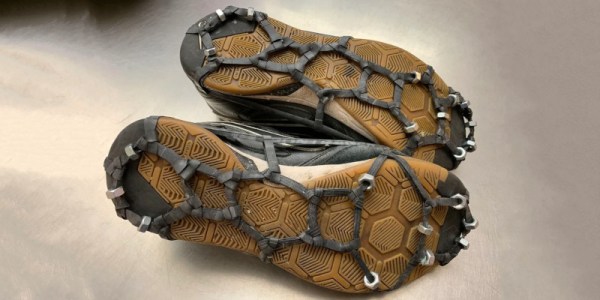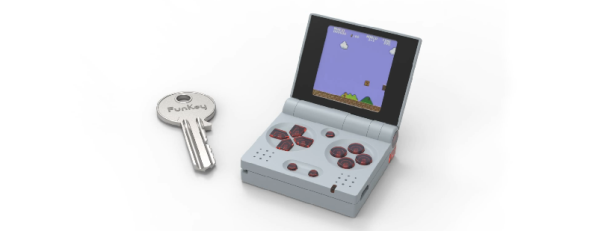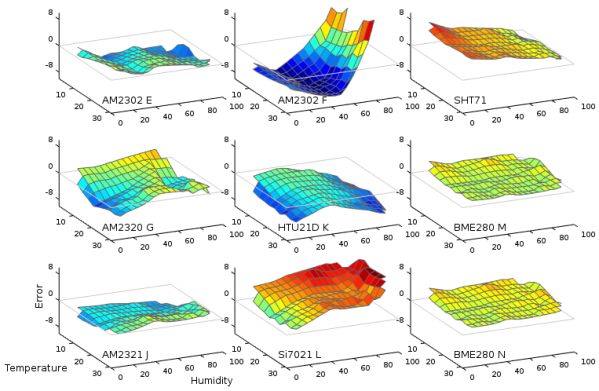If you’re living somewhere that gets icy in the wintertime, you know the sidewalk can be perilous. Slipping on ice hurts like hell if you’re lucky, and can cause serious injuries if you’re not. Naturally, if you’re trying to get down to the hackerspace when it’s cold out, you’ll look for solutions. [masterbuilder] wanted to be surefooted in the coming season, and decided to build a set of crampons.
Scrap inner tubes are the key here, providing a source of hardy rubber for the build. The tubes are cut into a series of bands which are woven together in a hexagonal pattern. Steel nuts are included at various points to help grip the ice in inclement conditions. A larger strip of rubber is then used to form a band which secures the entire assembly to the wearer’s shoes.
It’s a design that’s intended for ease of use over outright performance. The crampons can be quickly attached and removed, and using nuts instead of spikes reduces the chance of damaging the floor if you forget to take them off immediately when returning home. If you’ve got any handy winter hacks of your own, you know where to send ’em.




















